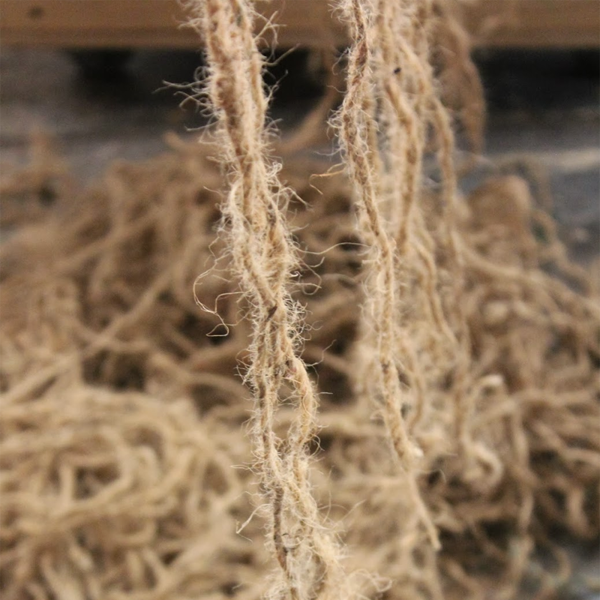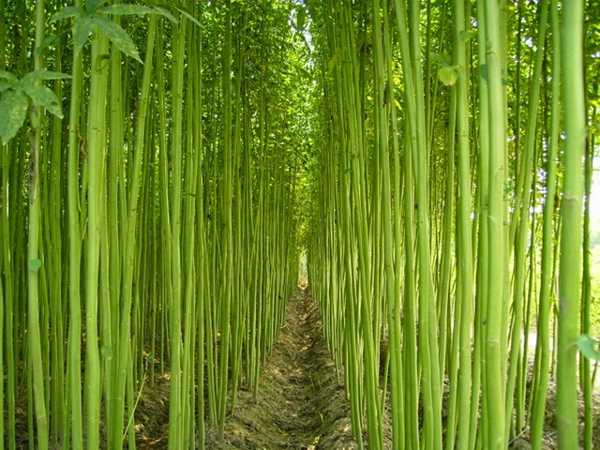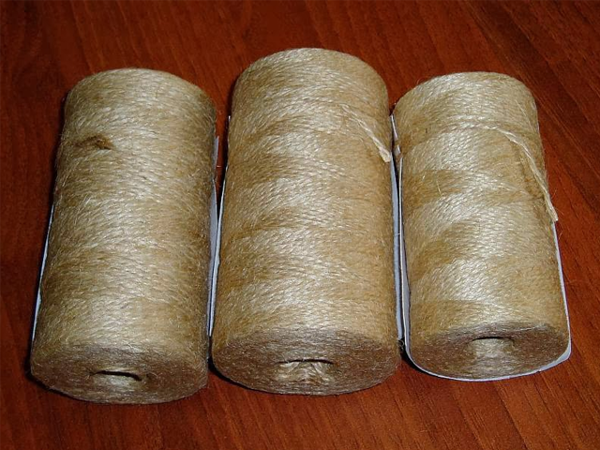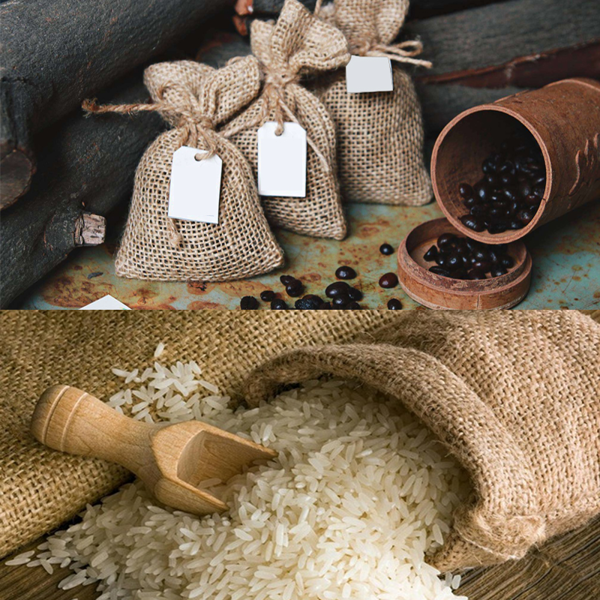No products in the cart.
News
What is jute fabric? The process to produce a good quality jute bag
According to the development of the chemical and synthetic industries, the synthetic and man-made textile fibers have pushed back the scale and output of the natural fibers. However, in recent years, when people have gradually raised environmental awareness and the trend to return to natural, environmentally friendly materials that have been supported and promoted, the source fiber types with natural root have also been developed again including jute.
Jute bag with the English name “Hessian” is a specialized bag for storing natural products such as fruit, beans, coffee, oats … With 100% woven material from jute so it is very safe to use because it does not contain chemicals that are harmful to human health.
To get jute fibers, jute growers have to go through many stages:
From late March to early April, sowing jute seeds. Jute seeds are sown at a small density so that the tree can grow straight, small stems, do not have many branches because small jute plants give better quality of fabric.
After more than two months from the date of sowing, the jute grower harvests the jute plant. When the tree is harvested, remove all leaves and tops and then erect the stem around the house for 10-15 days until the stalk is really dry.
The jute tree is torn in half and then peeled from the core. Turn jute bark into small fibers, each tree usually gives 8-12 strands, the longest fiber can be 1.6 m long. Bundle jute fibers into bundles, use feet to trample or pound the jute yarn to peel off the membrane adhering to the bark, making it soft and clean.
Jute bark is stripped into small strands and cleverly joined together. In order not to form a knot at the connection of the two jute fibers, which are cleverly tied in the form of a braid. Jute yarn must be lengthened and stripped evenly as it is related to the weaving process in the future.
In the next step, the jute fibers are attached to the rotating frame so that they are twisted into rolls.
To make the jute white, the jute roll is boiled in ash water.
When the yarn has been finished prepared, weaving begins. Jute yarn has been softened on the loom. When weaving, the stitches are located on the upper side, so jute fabric has right side and left side. The weaving process can take several months, very laborious.
The jute fabric, after being removed from the loom, continues to be boiled in ash water for several hours until soft and white, then washed and dried, this work is repeated many times to make the fabric whiter and prettier.
The jute fabric is further rolled with the log and flat rock to soften, flatten and brighten the fabric.
Jute bags are suitable for consumer containing many kinds of goods. Jute bags with sturdy feature can hold heavy objects, they also have a great use in defining the personality and style of the user, especially using jute bags to help reduce plastic waste and protect the environment.




